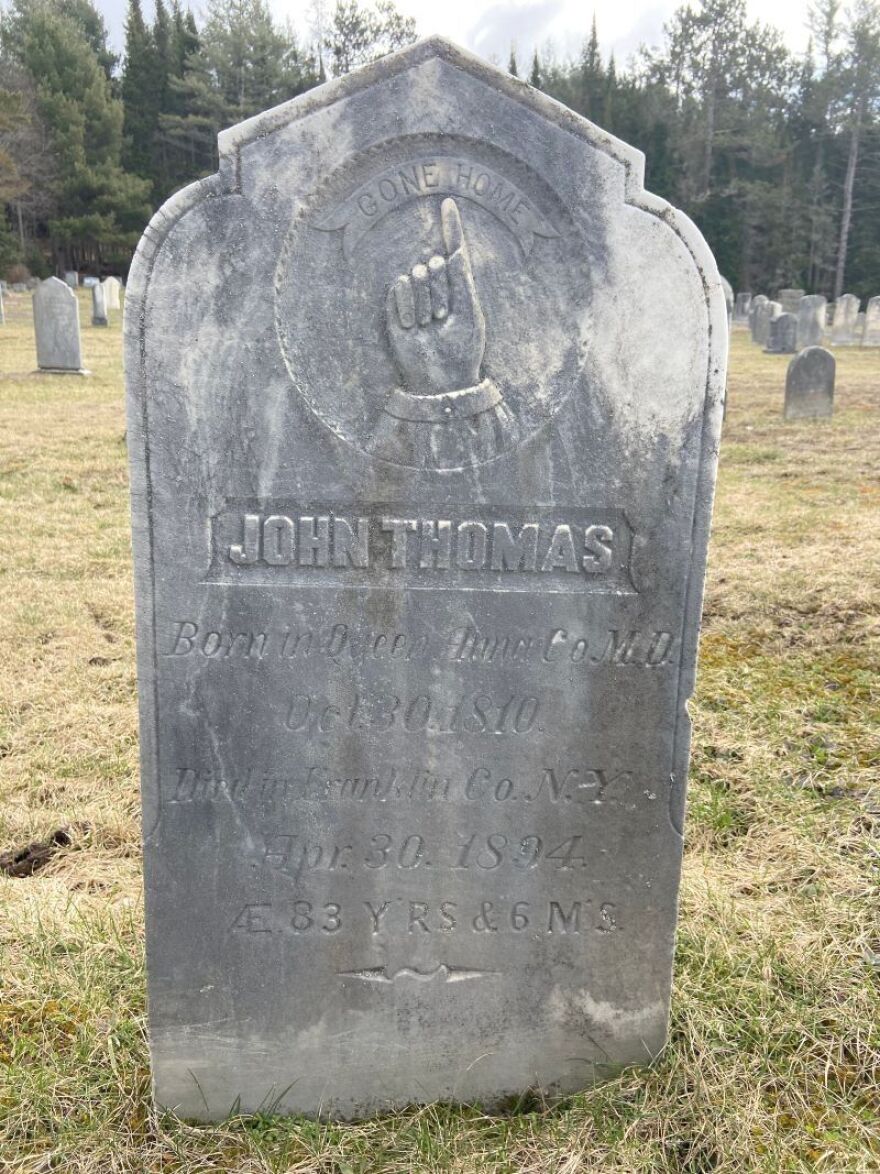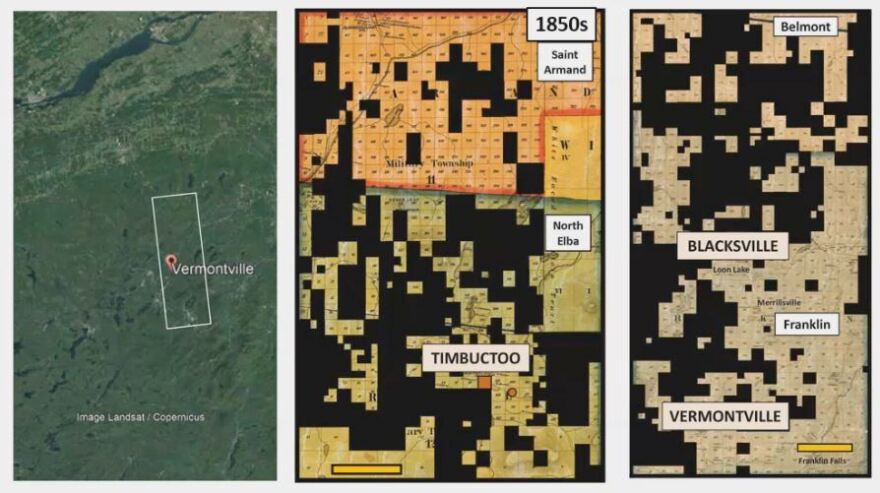For most of America’s history as a nation, Black people have been either enslaved or oppressed. By the nineteenth century, slavery was abolished in the North, but there were still white northerners who owned slaves and all freed Black people lacked basic human rights. Even in the North, many Black people experienced severe discrimination.

In the 1840s, a man named Geritt Smith set out to change that. He owned 120,000 acres of land in the Adirondacks. By giving away parcels of that land to Black American men, those men could then gain the right to vote.
Paul Smith’s professor Curt Stager has been researching Black history in the Adirondacks and presented some of his findings to the Adirondack Park Agency board last week.
“The basic idea was to bring people of diverse backgrounds onto the land, to live together and build communities out of mutual respect as neighbors and facing common challenges, which I think actually fits the theme of the Adirondacks now, but it was much more ambitious back then.”
That ambitious settlement became known as Timbuctoo. Stager has been plotting where exactly those Black settlements were in the Adirondacks. At last week’s APA meeting, Stager showed maps of those plots around the region.
“At least half of North Elba and much of St. Armand was Black-owned in the 1850s. There’s the town of Franklin, with Vermontville and Bloomingdale just below it and all the way up to Loon Lake and beyond up to Belmont, so it was huge, about half of this landscape was Black-owned.”

Life in the Adirondacks was not easy back then, especially for Black people. Many eventually moved out of the area, but some stayed and raised their families in the Adirondacks. There are descendants of that Timbuctoo settlement still in the region today.
Another aspect of Stager’s research has focused on place names. He explained to the APA about learning of an offensive name of a brook just north of Saranac Lake.
“Years ago, I was in Onchiota and I was talking to a friend, who said, ‘Oh that little brook right there? That’s called N-word Brook.’” I thought, wow that’s not only offensive but mysterious. How could that happen in a place like this?"

Stager believes the brook was named for the skin color of a dozen or so Black families that lived in the area. So he and some other folks worked to change that name, gaining support from students, faculty and staff at Paul Smith’s College as well as the Vermontville town council and officials from Essex County.
They wrote to the U.S. Board on Geographic Names and were successfully granted permission to change the name to John Thomas Brook. Thomas was one of the first Black settlers of Timbuctoo. He later sold his original plot of land, but moved back to the Vermontville area with his family.

Thomas bought 150 acres of land, where he grew vegetables and raised cows and sheep. “John Thomas spent the rest of his days in Vermontville and he's buried in Union Cemetery... He’s right in there and so is his wife.”
The work to educate the public and celebrate the legacy of Black settlers and abolitionists in the Adirondacks is ongoing. Martha Swan also spoke at the recent APA meeting. Swan is the founder and executive director of John Brown Lives!, a project named after the legendary white abolitionist who owned a farm near Lake Placid.
“Though this work that others have done and that we’ve done together, I have begun to believe in the unifying potential of our history, the unifying potential of rolling up our sleeves, digging deep into the horrors, the terrors, the tragedies, the violence, the crime, of so much of our history," said Swan.
She helped organized a Juneteenth celebration on Sunday at the John Brown Farm. Then in August, the farm will host a Long Table dinner and discussion with leading scholars, such as Nell Painter. The event is an effort to bring together diverse people and perspectives over food to talk about the history and future of the Adirondack Park.





